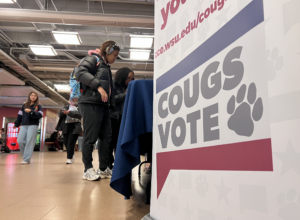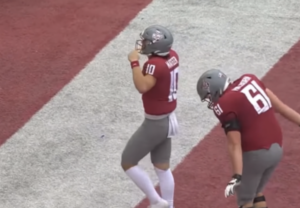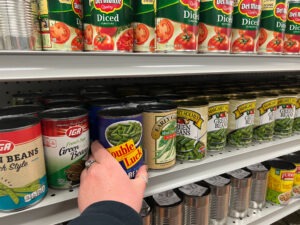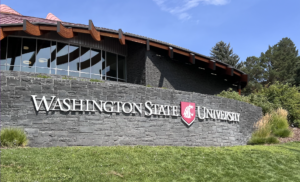
Presidential candidates making push for young vote, but how do young voters feel about it?
This report is a collaborative effort of a Murrow College of Communication journalism class. Students were asked to report on individual attitudes towards the 2024 election. This story is the result of more than 30 on-campus interviews and hours of collaboration and research.














